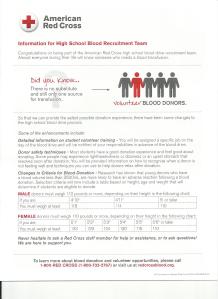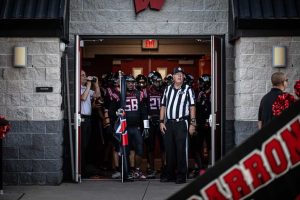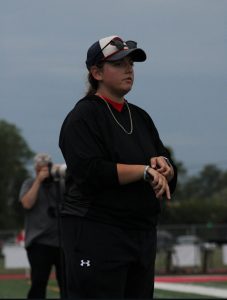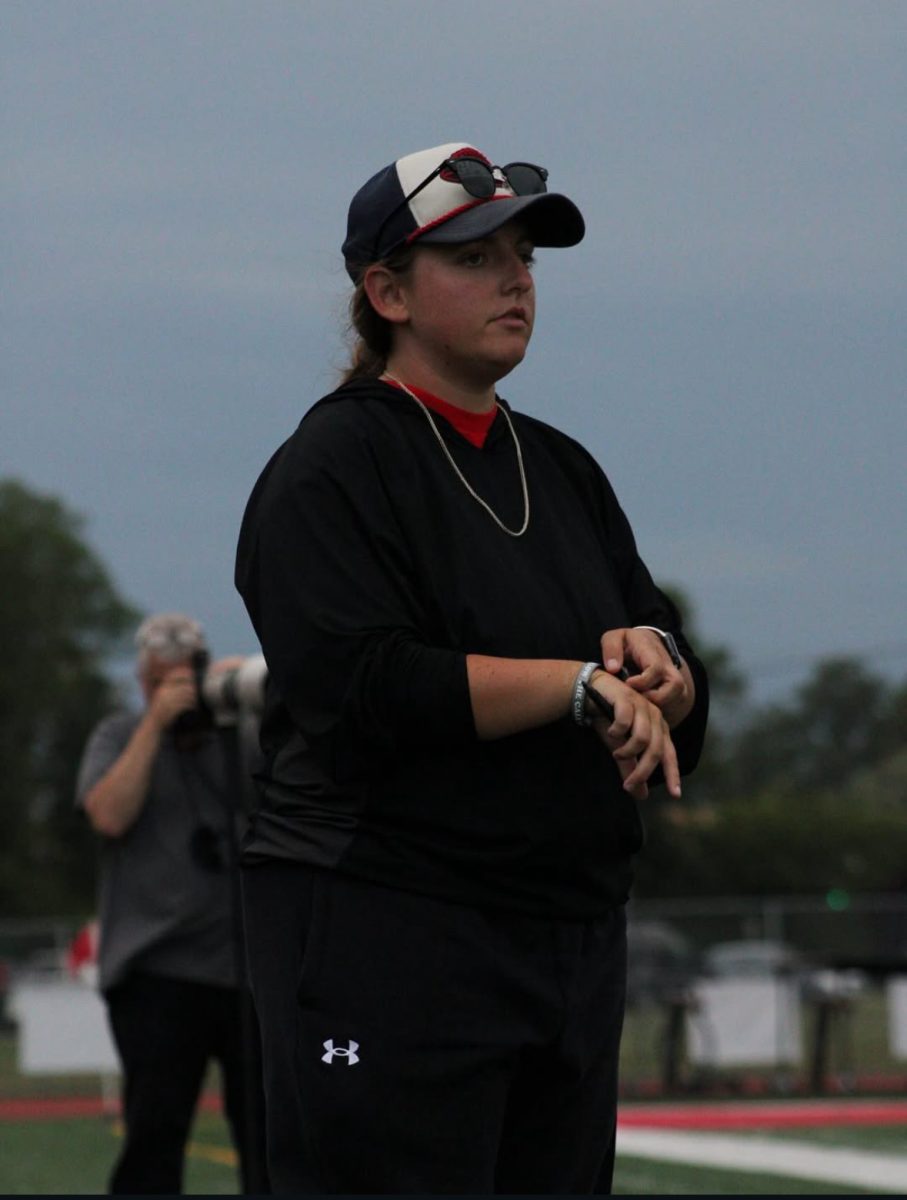by Brandon Kreusch
Everyday in the United States, over 41,000 blood donations are needed. To meet the quota, Woodbridge High School’s National Honor Society is hosting a Red Cross blood drive on Tuesday, December 22nd, in which eligible students and staff may participate.
According to Leslie Pittman-Smith, the Red Cross representative working with Woodbridge High School, if the school meets its goal of collecting 90 units of blood, 270 local hospital patients will benefit for the donation. Each person donating blood can help up to three people affected by surgery, traumatic accidents, burns, or cancer.
“High School students account for 15% of all blood donated in the U.S.. We depend on these donations in order to have enough blood for all the hospitals,” Pittman-Smith said. “The hope is that, if young people donate in high school, they are more likely to donate again after graduation.”
NHS co-advisors Ms. Pannullo and Mr. Switek are organizing this year’s event, and they are happy with the level of participation thus far. “WHS has always had students and faculty generously donate,” Switek said. He added that many seniors have contacted him and expressed their interest in donating, although not everyone is eligible.
For students interested in participating, Mr. Switek asks that they visit him before school in the library, or after school in room 315 for additional information. In order to be eligible to donate, one must be 17 years-old and meet a minimum height and weight requirement.

Additionally, very few medications that students take would be of concern, according to Pittman-Smith, and students and staff with tattoos may donate if the tattoos were done in a legitimate tattoo studio.
For those curious about the donation process, Pittman-Smith called it “easy and painless.” First, the donor will arrive at the gym during the appointed time. Each donor must show a valid photo ID and read a packet of information.
Then, the Red Cross workers will take the donor to a private station where they will check blood pressure, pulse, temperature, and prick one finger to measure hematocrit, which is a count of the red blood cells in a drop of blood to determine if the donor can give safely. The number must be 12.5 or higher.
If the donor passes the “mini physical,” the next step is to answer questions on a computer screen. Then, the donor will go to the donation bed where a unit of blood will be drawn.
Finally, the donor receives a bandage and refreshments before going back to class. The entire process is about an hour long, but, to Mr. Switek, it’s an hour well spent. “It is a cost-free way to give back to the community,” Switek said, “and I can say without hyperbole that donors may potentially be saving someone’s life by donating.”























